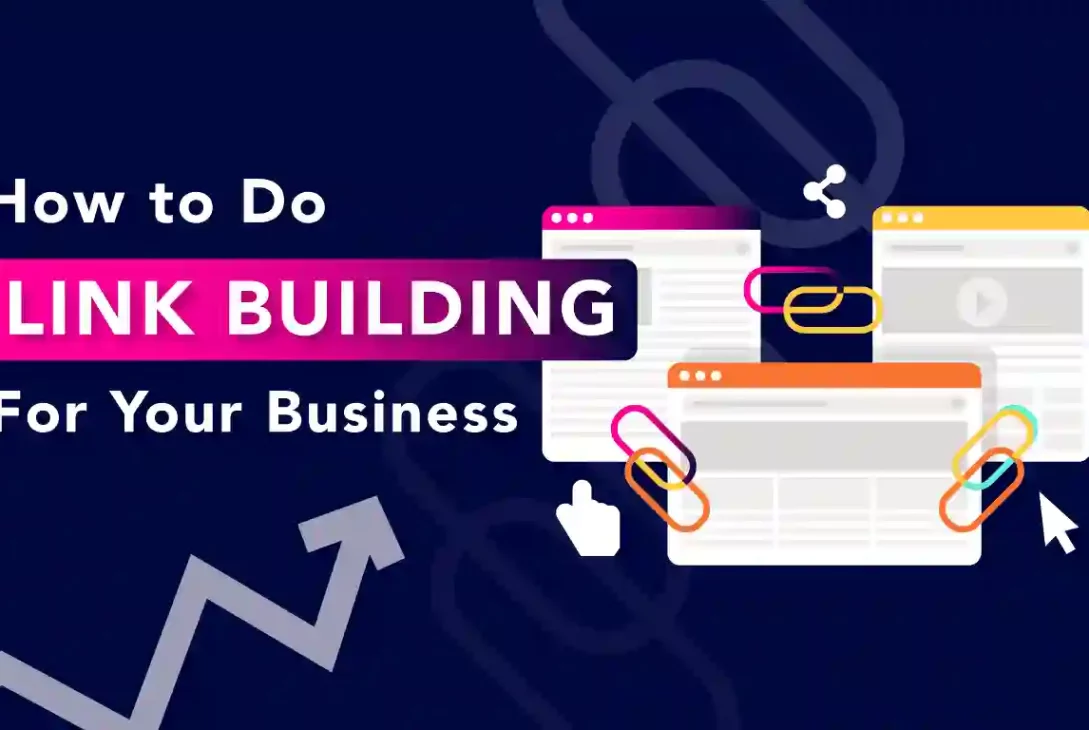As the digital landscape continues to evolve, so does the art and science of link building. In the digital age, where search engine algorithms are becoming increasingly sophisticated, understanding the nuances of link building is crucial for anyone seeking to enhance their online presence. This article delves into the key aspects of link building in the digital age, providing essential insights to navigate this dynamic terrain effectively.
1. The Evolution of Search Engine Algorithms:
Search engines, led by industry giants like Google, are continually refining their algorithms to deliver more accurate and relevant results to users. In the digital age, algorithms are designed to assess not only the quantity but also the quality and relevance of backlinks. Understanding the evolving nature of these algorithms is fundamental to successful link-building strategies.
2. Quality Over Quantity:
In the digital age, the emphasis has shifted definitively from quantity to quality when it comes to link building. A handful of high-quality, authoritative backlinks now holds more weight than a myriad of low-quality links. Building links from reputable sources within your industry or niche is essential for signaling credibility to search engines.
3. Content Relevance and Context:
Link building is no longer just about getting a link; it’s about getting the right link in the right context. Search engines analyze the relevance of the content surrounding the link to determine its value. Building links within contextually relevant content enhances their impact and signals to search engines that your content is a valuable resource within a specific topic or industry.
4. Natural Link Acquisition:
In the digital age, search engines favor natural link acquisition over manipulative tactics. The days of black-hat SEO practices are fading, and search engines are becoming adept at identifying unnatural link patterns. Genuine, organic links earned through valuable content, collaborations, and relationships hold more weight and are less likely to incur penalties.
5. E-A-T: Expertise, Authoritativeness, Trustworthiness:
The digital age has seen the rise of E-A-T as a critical factor in search engine rankings. Google, in particular, emphasizes Expertise, Authoritativeness, and Trustworthiness when evaluating websites. Building links from authoritative sources contributes to your website’s E-A-T, signaling to search engines that your content is reliable and trustworthy.
6. Link Diversity:
A diverse link profile is essential in the digital age. Building links from various sources, such as news articles, guest posts, social media mentions, and industry directories, contributes to a more natural and robust link profile. Diversity signals to search engines that your online presence is comprehensive and not reliant on a single type of backlink.
7. Mobile-Friendliness and User Experience:
As mobile usage continues to soar, search engines consider mobile-friendliness and user experience in their rankings. A website’s responsiveness and user-friendly design contribute to its overall SEO performance. Link building strategies need to align with providing a seamless experience across devices to cater to the growing mobile audience.
8. Social Signals and Linkless Mentions:
In the digital age, social signals and linkless mentions are gaining importance. While social media links may not have a direct impact on SEO, they contribute to brand visibility and engagement. Search engines also consider brand mentions, even without a direct link, as a positive signal of authority and relevance.
9. Link Building and Branding Integration:
Link building and branding are becoming increasingly intertwined. Establishing a strong brand presence positively influences link-building efforts. A well-known and trusted brand is more likely to attract natural backlinks as others reference and mention it in their content. Link building, therefore, should be seen as an integral part of your overall branding strategy.
10. The Role of Visual Content:
In the digital age, the importance of visual content is on the rise. Visual assets such as infographics, videos, and interactive content not only enhance user engagement but also make your content more shareable. Visual content can attract natural backlinks as other websites reference and embed your visual assets in their articles.
11. Link Building and Local SEO:
For businesses targeting local audiences, link building plays a crucial role in local SEO. Building local citations, getting listed on online directories, and earning links from local businesses contribute to your website’s visibility in local search results. Localized link-building strategies are vital for businesses looking to enhance their presence in specific geographic areas.
12. Continuous Monitoring and Adaptation:
The digital age demands continuous monitoring and adaptation of link-building strategies. Regularly assess your backlink profile using tools like Google Search Console or third-party platforms. Stay informed about industry trends, algorithm updates, and emerging best practices. Adapting your strategies to the ever-changing digital landscape ensures long-term success in link building.
Conclusion:
Link building in the digital age is a dynamic and multifaceted endeavor. Success requires a strategic approach that prioritizes quality, relevance, and user experience. By understanding the evolving nature of search engine algorithms, embracing natural link acquisition, and integrating link building with broader digital marketing and branding efforts, you can navigate the complexities of the digital age and build a robust online presence. In a landscape where change is constant, staying informed and adaptable is key to achieving sustained success in link building.








